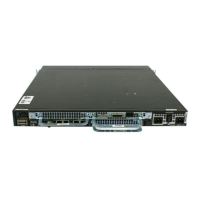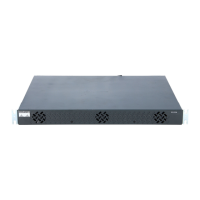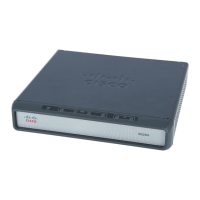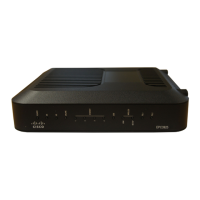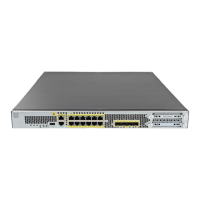4-12
Cisco AS5350 and Cisco AS5400 Universal Gateway Software Configuration Guide
OL-3418-02 B0
Chapter 4 Continuing Configuration Using the Command-Line Interface
Saving Configuration Changes
Saving Configuration Changes
To prevent the loss of the gateway configuration, save it to NVRAM.
Configure
Where to Go Next
At this point you can go to:
• Chapter 5, “Managing and Troubleshooting the Universal Port Card” to configure, manage, and
troubleshoot universal-port-card connections on your gateway.
• Appendix C, “Comprehensive Configuration Examples.”
• Monitoring Voice and Fax Services on the Cisco AS5400 Universal Gateway, available online at
http://www.cisco.com/univercd/cc/td/doc/product/software/.
Select your Cisco IOS release and search for this title.
Tip The following publications are available on the Documentation CD-ROM that came with your gateway,
on the World Wide Web from the Cisco home page, or you can order printed copies.
• For additional basic configuration information, refer to Cisco IOS Dial Technologies Configuration
Guide and Cisco IOS Dial Technologies Command Reference, available online at
http://www.cisco.com/univercd/cc/td/doc/product/software/ios122/122cgcr/index.htm. For more
advanced configuration topics, refer to the Cisco IOS software configuration guide, feature
modules, and command reference publications that pertain to your Cisco IOS software release.
• For troubleshooting information, refer to the System Error Messages and Debug Command
Reference publications.
Command Purpose
Step 1
AS5350> enable
Password: password
AS5350#
Enters enable mode (also called privileged EXEC
mode) and enter the password. You are in enable
mode when the prompt changes to
AS5350# or
AS5400#.
Step 2
AS5350# copy running-config startup-config
Saves the configuration changes to NVRAM so
that they are not lost during resets, power cycles,
or power outages.
Step 3
AS5350(config-if)# Ctrl-Z
AS5350#
Returns to enable mode.

